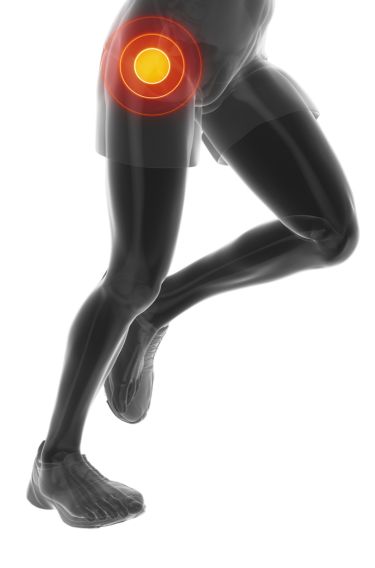
Minimally Invasive Hip Replacement
What is Minimally Invasive Hip Replacement?
Minimally invasive hip replacement, also known as minimally invasive total hip arthroplasty, is a surgical technique that aims to replace a damaged or diseased hip joint while minimizing the size of the incision and trauma to surrounding tissues. It is an alternative approach to traditional open hip replacement surgery.
Partial Invasive Hip Replacement
In a minimally invasive hip replacement, the surgeon uses specialized instruments and techniques to perform the procedure through smaller incisions, typically ranging from 2 to 5 inches in length. The smaller incisions allow for less disruption of muscles, tendons, and ligaments surrounding the hip joint.
Minimally Invasive Hip Replacement is similar to traditional hip replacement. The hip arthroscopy surgeon removes the damaged portions of the hip joint, including the damaged cartilage and bone, and replaces them with prosthetic components made of metal, plastic, or ceramic. The components are designed to mimic the natural structure and function of the hip joint.
Benefits of Minimally invasive hip replacement
Smaller incisions: The smaller incisions can result in less scarring and potentially faster healing compared to larger incisions used in traditional hip replacement.
Reduced blood loss: The smaller incisions and minimized tissue trauma may lead to reduced blood loss during surgery.
Faster recovery: Minimally invasive techniques aim to reduce trauma to surrounding tissues, potentially resulting in shorter hospital stays and quicker recovery times.
Less postoperative pain: The reduced tissue trauma may contribute to less postoperative pain compared to traditional hip replacement.
Improved cosmesis: The smaller incisions may result in less noticeable scars, improving the aesthetic outcome.
Additionally, it's worth noting that while minimally invasive techniques can offer potential benefits, the long-term outcomes and durability of minimally invasive hip replacements are generally similar to those of traditional hip replacements. The success of the procedure also depends on factors such as the patient's overall health, rehabilitation, and adherence to postoperative care guidelines.
Recovery After Minimally Invasive Hip Replacement
The recovery process after minimally invasive hip replacement is generally similar to that of traditional hip replacement, although it may be slightly accelerated due to the smaller incisions and reduced tissue trauma. Here is a general overview of what to expect during the recovery period:
Hospital stay: Most patients can expect to stay in the hospital for 1 to 3 days, depending on their individual circumstances and progress.
Pain management: You will be given pain medications to manage postoperative discomfort. The use of minimally invasive techniques may result in less pain compared to traditional surgery.
Weight-bearing and mobility: Your hip replacement surgeon will provide specific instructions regarding weight-bearing and mobility after surgery. In some cases, patients may be encouraged to begin walking with the assistance of crutches or a walker on the same day of the surgery. Gradually, you will progress to using a cane or walking unassisted as per your orthopaedic surgeon's guidance.
Physical therapy: Physical therapist will work with you to develop an individualized rehabilitation program. This may involve exercises to improve hip strength, range of motion, and stability. The therapist will guide you through the appropriate exercises and help you gradually increase your activity level.
Returning to daily activities: As you recover, you will gradually be able to resume your daily activities. The timeline for returning to activities such as driving, work, and recreational activities will depend on your progress, the nature of your job, and your surgeon's recommendations.
Follow-up appointments: You will have regular follow-up appointments with your hip replacement surgeon to monitor your progress, assess the healing of the hip joint.
While the recovery process after minimally invasive hip replacement may be faster compared to traditional hip replacement, it is important to follow your surgeon's instructions. Adhering to the prescribed physical therapy program, taking prescribed medications, and attending follow-up appointments are crucial for a successful recovery.
It is important to note that not all patients are suitable candidates for minimally invasive hip replacement. The technique may not be appropriate for complex cases or individuals with certain medical conditions. The decision to undergo minimally invasive hip replacement should be made in consultation with best hip replacement surgeon or best orthopaedic surgeon who can assess your specific condition and determine the most appropriate surgical approach.
Book your appointment today, with our best hip replacement surgeon in Guntur, Andhra Pradesh, India and best orthopaedic surgeon in India and say good bye to your hip pain and walk with happy hips
.webp)
.webp)





